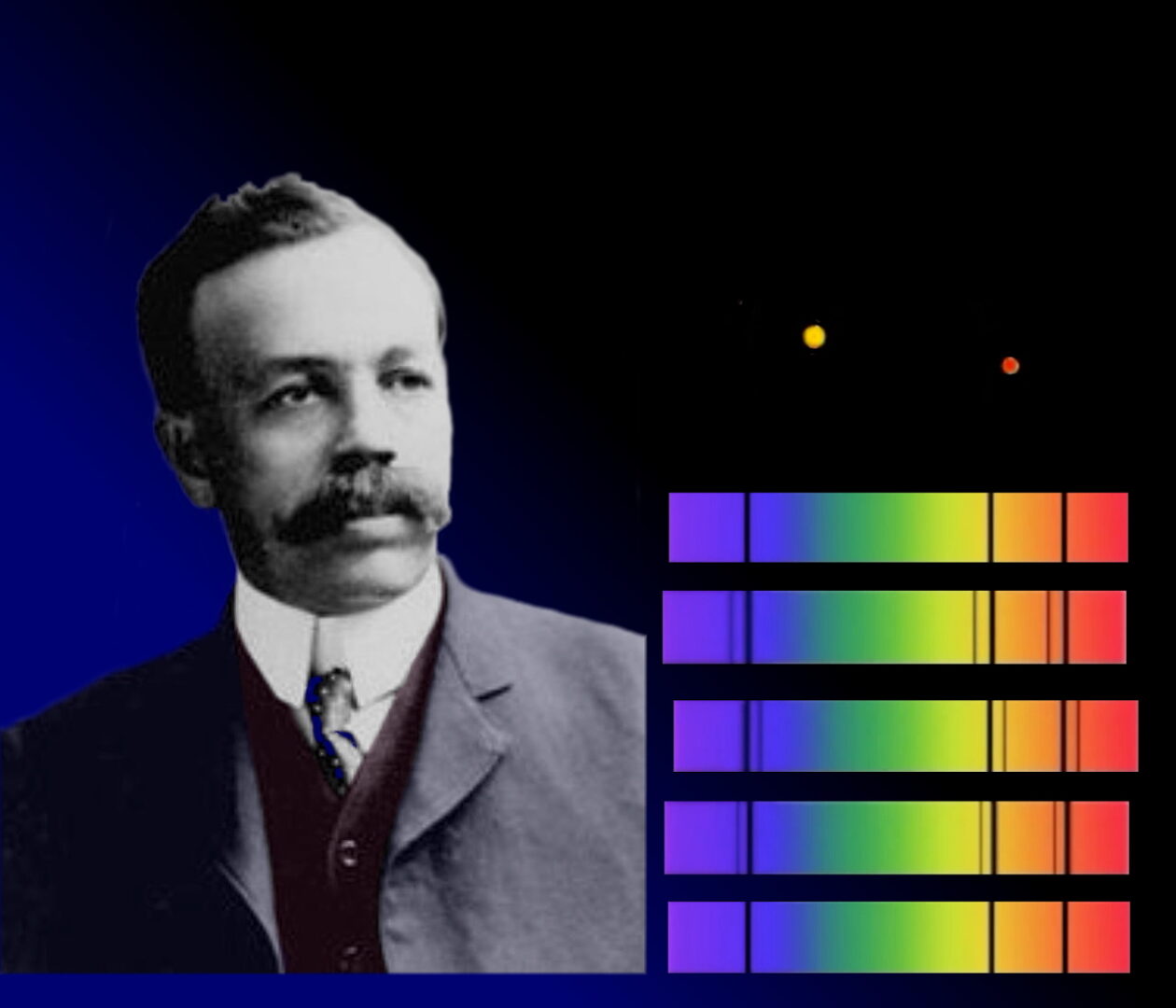Stellar Grounding
On November 17, 1865, Canadian astronomer and astrophysicist John Stanley Plaskett was born in Hickson, Ontario. A trained mechanic and electrician, he accepted a position at University of Toronto where he was employed to apply his skills to the design, construction, and maintenance of physics instruments. Plaskett added optics and photography to his repertoire. While working, Plaskett studied and graduated in mathematics and physics! This got him hired as the mechanical superintendent for Ottawa’s new Dominion Astrophysical Observatory.

The DAO telescope had been assembled with parts from different companies. The only man on the spot who had the particular suite of skills to manage a telescope was Plaskett. He tinkered, pursued improvements, and managed to construct a successful attachment for spectrography, to capture the separation of incoming stellar lightwaves to gain insights into the structure and characteristics of celestial objects. Within two years of his hiring, Plaskett was promoted to astronomer! He was 40.
Plaskett developed an observation program, trained new astronomers, and helped direct their work. He served as president of the Royal Astronomical Society of Canada. Everything he learned and every astronomer he met added to his education. He grew his vision, his own dream of a bigger and clearer view of stars, what they were made of, and how they worked. He was soon designing a new telescope, lobbying for its construction, interviewing vendors, and helping review their bids. Plaskett was shaping an entire country’s astrophysics research in stellar spectrography.
When the world’s largest telescope opened at the new DAO in Victoria, B.C. who else could be its first director but Plaskett. He discovered Plaskett’s Star/Twins, a binary star once considered a large single star. His research findings supported theorists of galactic rotation and of the distribution of interstellar matter. Some of the astronomers who participated in research initiatives that Plaskett helped direct or shape became programme builders and directors of other observatories, extending his special focus in spectrographic astronomy. At the DAO, Victoria, he welcomed astronomer Helen Sawyer Hogg to her first professional appointment.
An international figure in his field, Plaskett was honoured the world over for his outstanding contributions to astronomical research. In his honour, the Royal Astronomical Society of Canada and the Canadian Astronomical Society award The Plaskett Medal. Plaskett was made Commander of the Order of the British Empire and elected a Fellow, Royal Society of Canada. Among other honours were the Rumford Prize, American Academy of Arts & Sciences; Gold Medal, Royal Astronomical Society; Bruce Medal, The Astronomical Society of the Pacific; and the Draper Medal, National Academy of Sciences.
Today’s astronomers continue to add their learning about binary stars and the distribution of interstellar matter between the pairings.
B Bondar / Real World Content Advantage